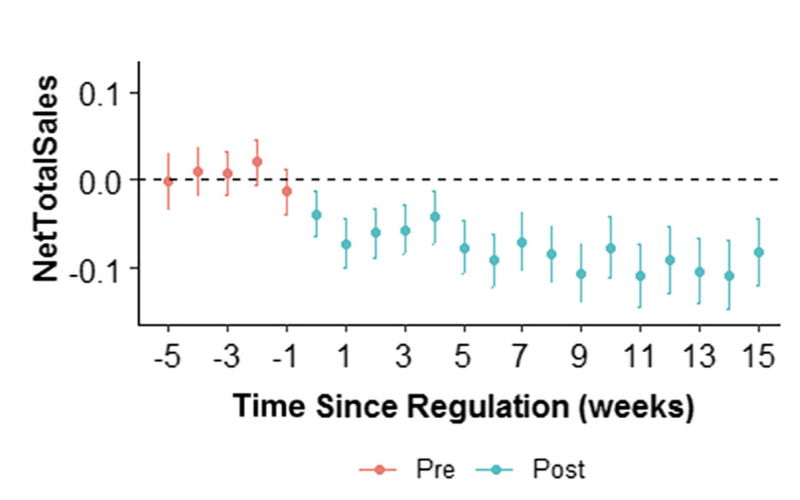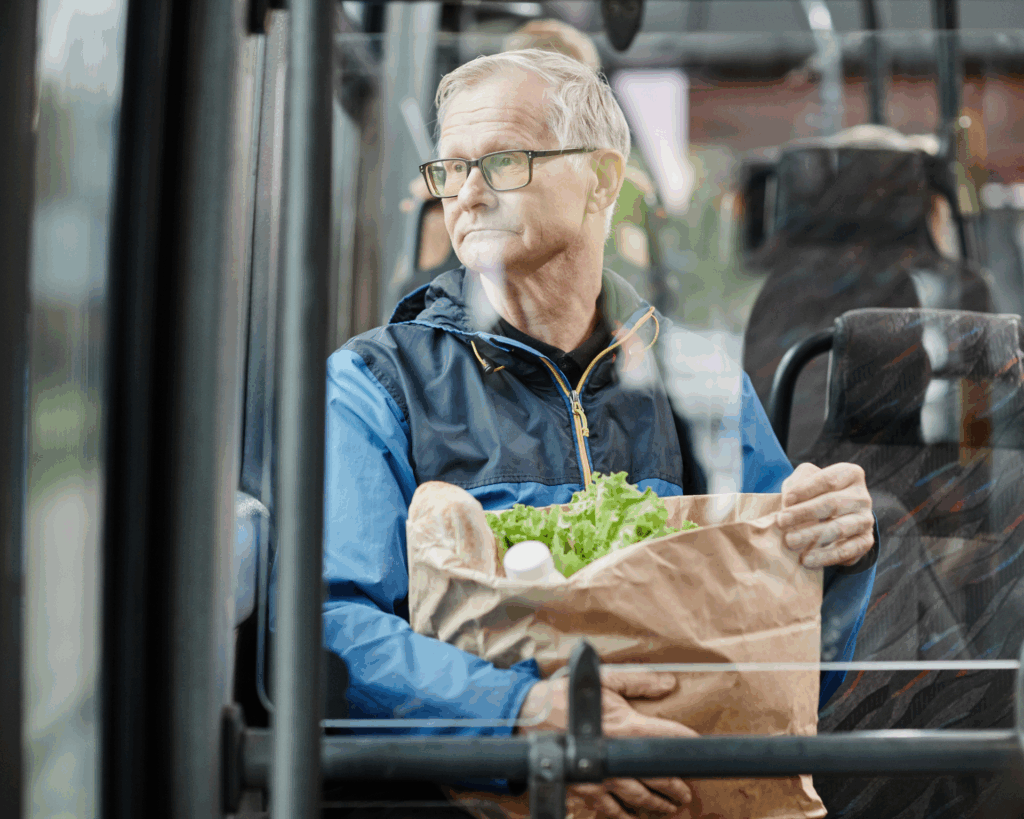Greedflation: Examining the Efficacy of Delivery App Fee Regulation
While delivery app fee regulations were originally intended to support small, independent restaurants, they instead benefit larger chains.

Read Time: 2 minutes
Published:
After a long day of work or school, you finally get home and you’re starving. Too exhausted to cook, you open your preferred food delivery app and immediately close it upon seeing your $18 order jump to $30 due to suspiciously high menu prices and additional fees. This frustrating scenario has left many hungry and dissatisfied.
While meal delivery is often used for convenience, people with disabilities and those living in food deserts can rely heavily on these apps to feed themselves and their families. Delivery app use has not slowed down since the boom due to the COVID-19 pandemic. For example, 40% of DoorDash users order food via third-party apps at least five times a month. This surge in usage helped several small, locally-owned restaurants stay afloat throughout the pandemic. However, it’s beginning to become a financial burden.
Restaurants are charged commission fees of up to 30% per order to use these platforms. To offset the cost of these high commission fees, restaurants raise menu prices for delivery. As a result, food delivery becomes more costly for both consumers and independent restaurants. Chain restaurants (e.g. McDonald’s and Chipotle) are less affected due to their higher overall revenue.
While some local legislatures have implemented regulations capping commission fees to help independent restaurants—and by extension, consumers—such policies have not been widely adopted due to a lack of data on the efficacy of fee regulation. To address this gap, Zhouxin Li and Gang Wang examined the impact of existing fee regulations for independent restaurants across 14 U.S. locations over 20 weeks.

They discovered that independent restaurants in regulated areas saw a decrease in net revenue post-regulation as shown in the graph above. In contrast, chain restaurants experienced revenue growth post-regulation. This suggests that fee caps, originally intended to support small businesses, instead benefitted larger chains. One key reason is how platforms responded to the fee regulation. After commission fee caps were introduced, delivery platforms were less likely to recommend independent restaurants and promoted chain restaurants instead. To offset lost revenue, platforms raised delivery fees for consumers in regulated cities.
With so many people and independent restaurants relying on these apps to put food on the table, policymakers must consider these indirect effects when creating future regulations.



